Blog Overview
Read about your favourite fitness topics on our blog page.
GO FOR IT!
GO FOR IT!
GO FOR IT!
GO FOR IT!
GO FOR IT!
GO FOR IT!
GO FOR IT!
GO FOR IT!
GO FOR IT!
GO FOR IT!
GO FOR IT!
GO FOR IT!
GO FOR IT!
GO FOR IT!
 Anmelden
Anmelden

Read about your favourite fitness topics on our blog page.
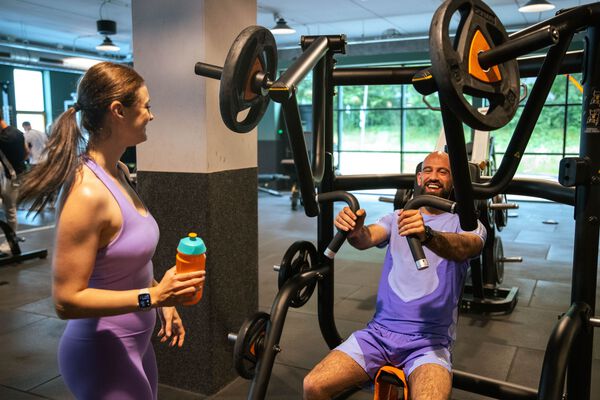
Mit Freund*innen trainieren macht nicht nur mehr Spaß – es hilft dir auch dranzubleiben. Diese 7 Partner-Übungen bringen euch gemeinsam ins Schwitzen und am Ende gibt’s ein High-Five.
Mehr lesen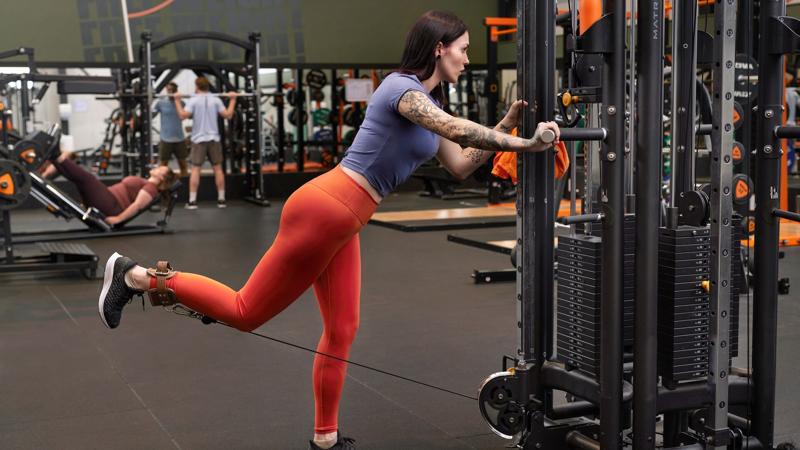
Entdecke die Grundlagen des Muskelaufbaus – mit klarer Anleitung zu Trainingsaufbau, Progression, Ernährung und Erholung.
Mehr lesen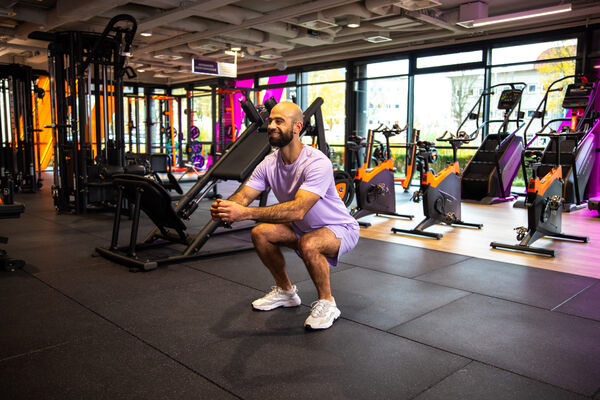
Starke Beine helfen dir, dich besser zu bewegen – im Alltag und beim Training. Hier findest du die wichtigsten Übungen für mehr Stabilität, Balance und Kontrolle.
Mehr lesen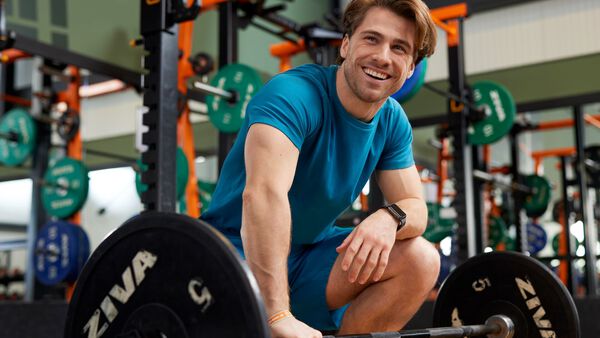
Erstelle deinen Fitnessplan mit 10 klaren Schritten – passend zu deinem Ziel, deinem Zeitplan und deinem Trainingsniveau.
Mehr lesen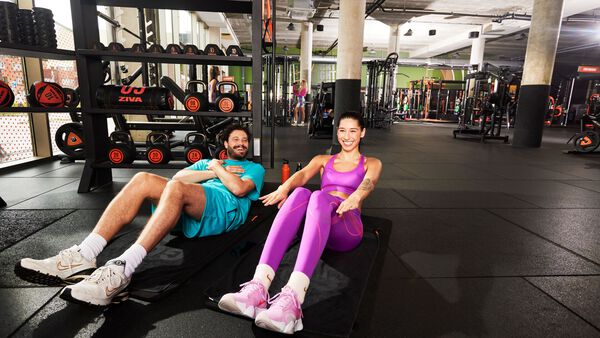
Entwickle deinen persönlichen Plan für nachhaltige Gewichtsreduktion. Kombiniere Training, Ernährung und Erholung zu einem Wochenkonzept, das zu dir passt – und wirkt.
Mehr lesen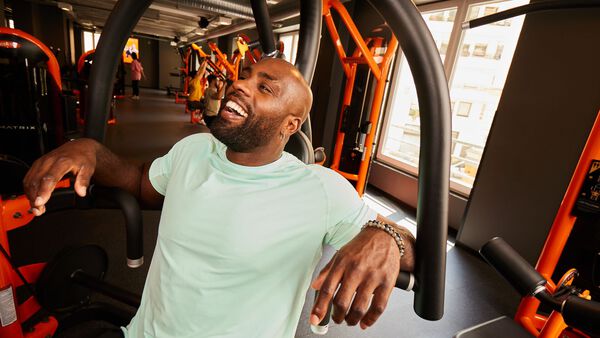
Viele Energietiefs entstehen durch alltägliche Gewohnheiten. Hier findest du 5 einfache, wissenschaftlich fundierte Tipps für mehr Energie, Fokus und Balance.
Mehr lesen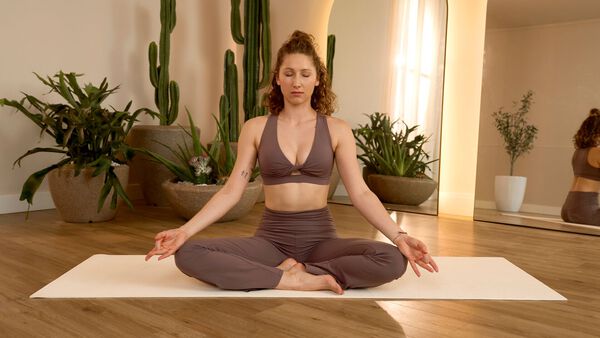
Schlechter Schlaf raubt dir Energie, Fokus und gute Laune. Diese Tipps zeigen dir, wie du schneller einschläfst, tiefer schläfst und erholter aufwachst.
Mehr lesen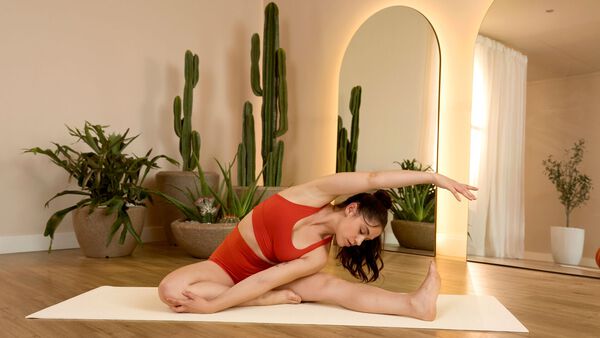
Schaffe dir eine entspannte Routine mit sechs täglichen Gewohnheiten, die dir beim Stressmanagement helfen. Lerne, wie du atmest, schläfst, dich bewegst, planst und regenerierst – für dein mentales Wohlbefinden.
Mehr lesen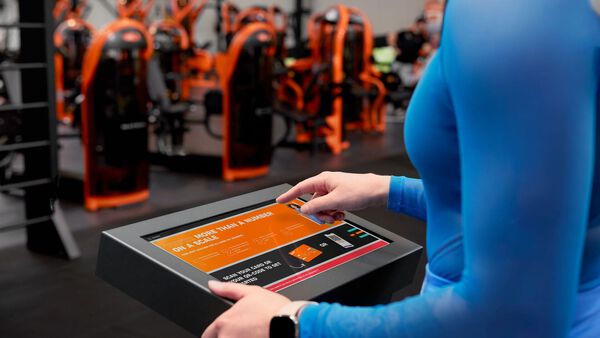
Erfahre, wie du deinen Körperfettanteil misst, welche Werte gesund sind und wie dir der Basic-Fit Body Analyzer beim Tracking hilft.
Mehr lesen.jpg?sw=600)
Finde heraus, warum Motivation oft schwindet – und wie einfache, wiederholbare Gewohnheiten dir helfen, dranzubleiben, selbst wenn Zeit oder Energie knapp sind.
Mehr lesen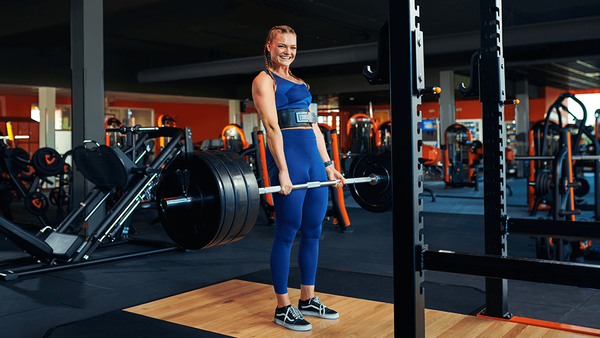
Starte mit einem einfachen Trainingsplan, der dir Selbstvertrauen gibt. Inklusive Warm-up, 7 Grundübungen, Tipps zur Progression und App-Support für deinen Weg.
Mehr lesen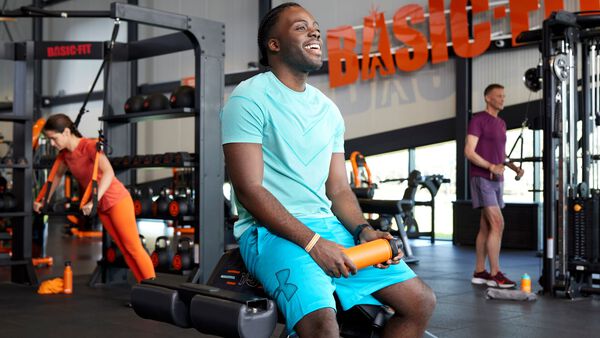
Erfahre, wie du die Fettverbrennung mit einfachen Workouts, ausgewogener Ernährung, mehr Bewegung im Alltag und besserem Schlaf unterstützt. Für mehr Energie, Selbstbewusstsein und langfristige Ergebnisse.
Mehr lesen
Gewicht wählen leicht gemacht: So trainierst du sicher und mit Fortschritt – egal ob im Club oder zu Hause.
Mehr lesen